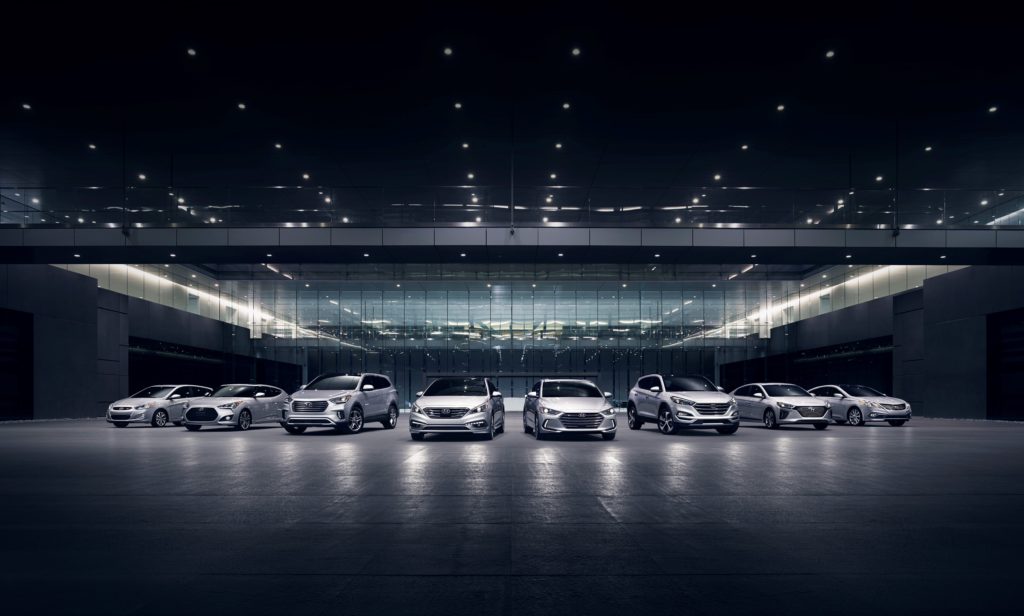
Hyundai ‘getting close’ to release of OEM collision repair procedures
By onBusiness Practices | Market Trends | Repair Operations | Technology
Hyundai is nearing the release of collision repair procedures for American shops, a spokesman said Tuesday.
“They are getting close to being able to publish those manuals,” Hyundai quality, service and technology communications senior manager Miles Johnson said.
Unlike all other major U.S. automakers — including Hyundai subsidiary Kia — the creator of popular and often higher-strength-steel vehicles like the Elantra currently does not offer auto body repair instructions for American shops.
As major auto body trade groups and I-CAR have declared OEM repair procedures to be the standard of care, this creates a predicament for a collision repairer desiring to work on a crashed Hyundai. Does a shop — even a certified Hyundai repairer — want to risk the liability of structural repairs on an advanced steel or mixed-materials car based on an educated guess alone? On the other hand, do you really want to ignore business from what GoodCarBadCar calls the No. 9 auto make in the country and its 768,057 cars sold last year?
The impediment at this point to final repair procedure publication was “some wording issues,” Johnson said. Hyundai was checking to make sure its instructions achieved what the OEM wanted from a safety standpoint, he said.
“I can’t give you a deadline,” Johnson said. “… We are making progress.”
Johnson was checking for us Tuesday on what order Hyundai planned to release the manuals and how far back the procedures would apply. (For example, FCA’s go back to at least 1993. Toyota’s date back to at least 1980. The 2014 Right to Repair memorandum of understanding references the 2002 model year. The average repairable car after a wreck is 6-7 years old.)
The timing is apt from a symbolic standpoint. Hyundai is a member of the Association of Global Automakers, which is a signatory to the R2R memo. The final deadline for that document (related to on-board diagnostic access) is the 2018 model year.
R2R requires Hyundai and all other signatory OEMs to provide the independent aftermarket with access to all the repair procedures and technology available to a dealership. While Hyundai’s U.S. dealerships don’t have access to collision manuals either, repairers in South Korea and reportedly at least one other English-speaking country do. So from a “spirit of the law” standpoint, it’s fitting that Hyundai do so.

For now
Shops choosing to work on Hyundais do have some resources available in the interim. Hyundai’s mechanical and service information is available online, and the company has issued a position statement on non-OEM parts. Access all this — and the repair procedures when published — through OEM1Stop.com.
Hyundai probably has some sort of technical hotline for repairers, and shops can certainly pick I-CAR’s brain as well through the “Ask I-CAR” service and Hyundai content like this on the Repairability Technical Support portal. A shop can equip itself with the training and equipment demanded of Hyundai-certified shops. An owner might even want to consult with a qualified attorney and one’s garagekeeper’s carrier on how to proceed from a liability perspective.
More information:
Hyundai repair procedure portal on OEM1Stop
Hyundai portal and information on I-CAR’s Repairability Technical Support site
Images:
The 2018 Hyundai Kona off-roads it. (Provided by Hyundai)
Hyundai’s 2017 full fleet. (Provided by Hyundai)
